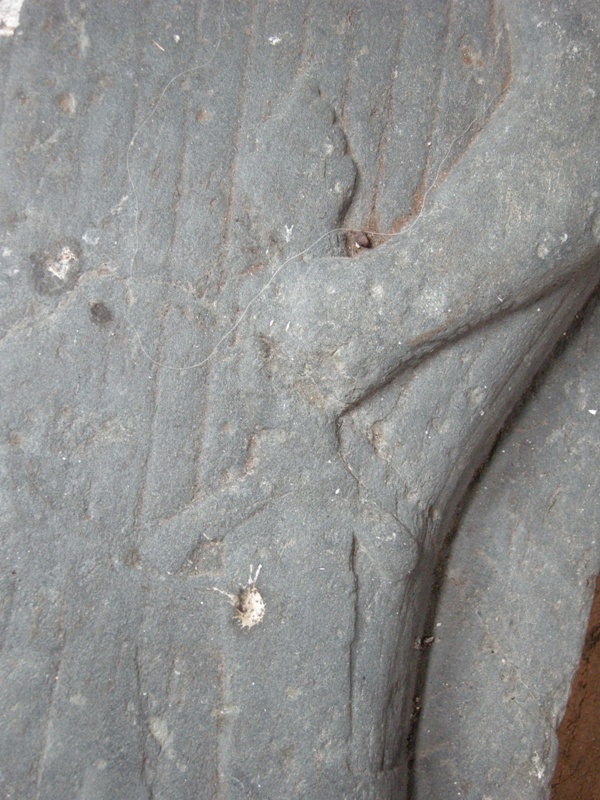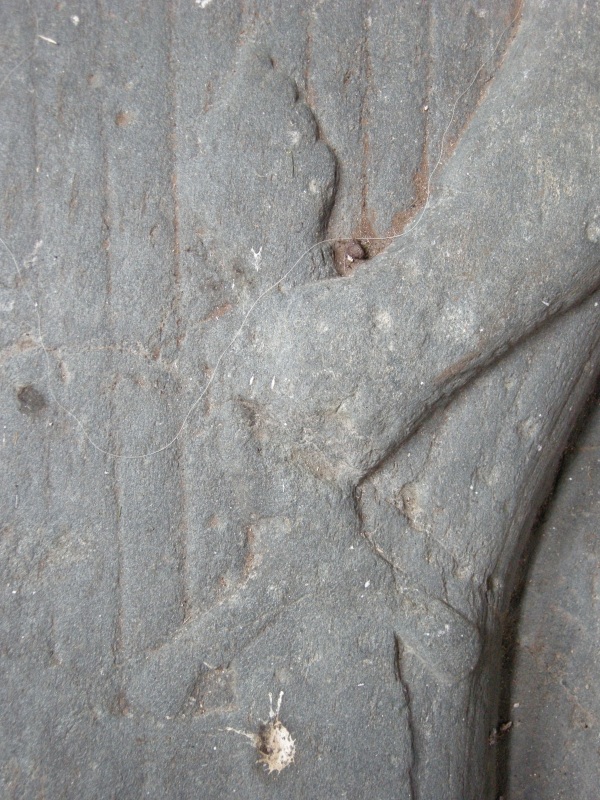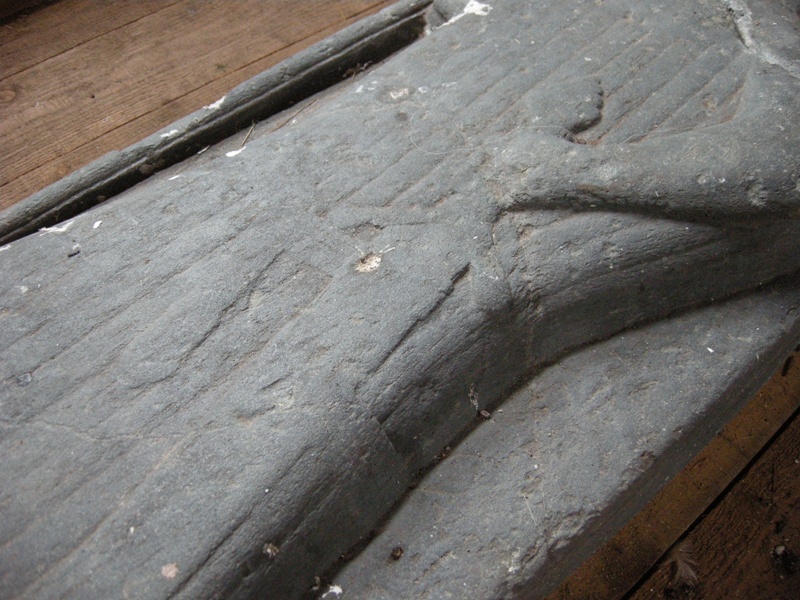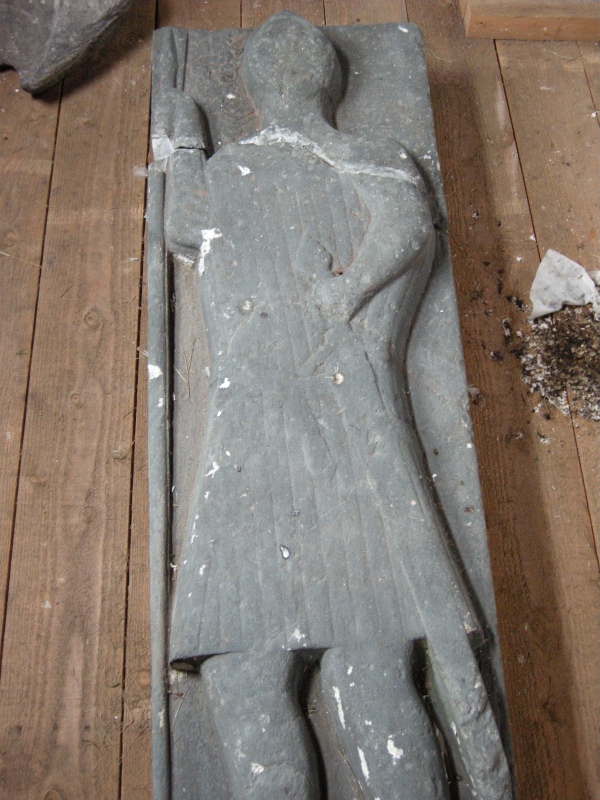Again, if this a correct attribution, very dated armour but a fine hand-and-half sword with a lobed pommel and down sloping cross, broad blade with straight edges.








| Jonathan Fletcher wrote: |
|
The armour, similar to other Hebridean and West coast monuments from the period of the Lordship of the Isles, seems a little dated by Lowland and English standards, assuming the attributions are correct. Perhaps the attire depicted was formalised/traditional, not supposed to be a true representation? Or, perhaps the padded gambeson, maille hauberk and bascinet was still the standard in the West Highlands despite European trends: Could this account for why these broad bladed cutting swords continued in use at such late dates? |